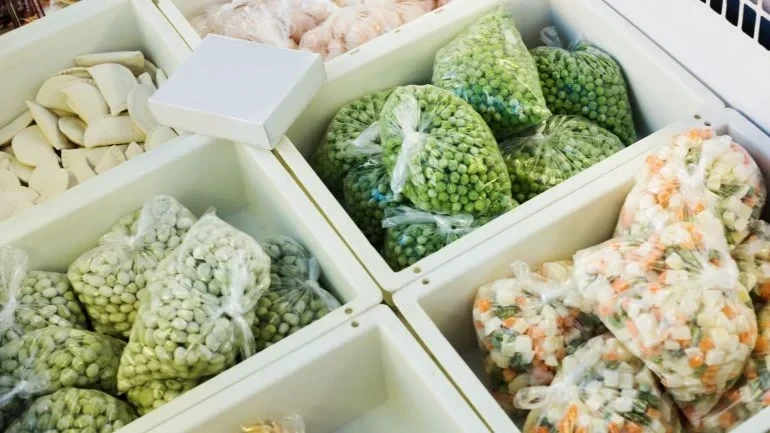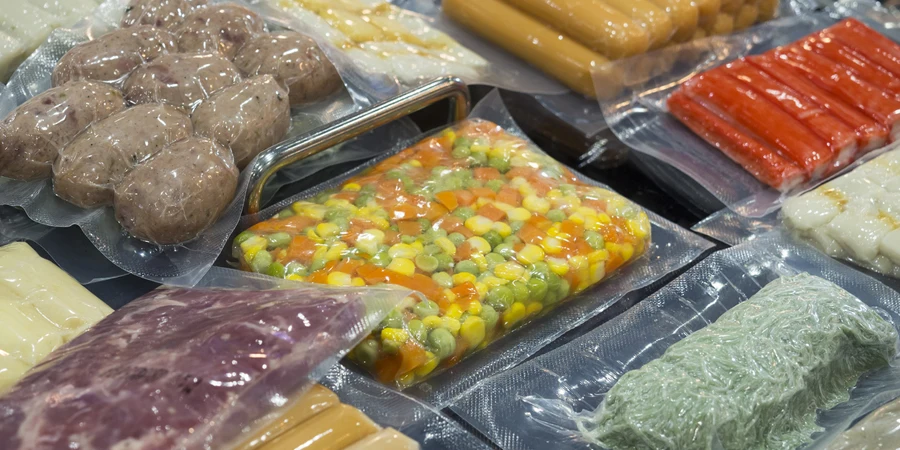As businesses aim to satisfy consumer demands for fresh produce, pharmaceuticals, and temperature-sensitive items, chilled packaging assumes a crucial role.

In the dynamic world of commerce, where temperature-sensitive products like food and pharmaceuticals are commonplace, the role of chilled packaging is pivotal.
Also known as temperature-controlled packaging, this form of packaging ensures that the products within maintain their required temperature during handling and transit.
In this comprehensive guide, we delve into the array of chilled packaging options, shedding light on materials, benefits, and the environmental impact associated with these choices.
Innovation of chilled packaging materials
Choosing the right material
Selecting the appropriate packaging material is a decision that holds far-reaching consequences, influencing both environmental sustainability and business profitability.
See Also:
- Chocolates Valor chooses Sonoco’s GREENCAN for cocoa packaging
- ProAmpac to show sustainable packaging solutions at Packaging Innovations
The market provides a spectrum of materials, ranging from recyclable to non-recyclable, each carrying distinct advantages and drawbacks.
Cardboard – an eco-friendly choice: Cardboard, a widely recycled material, stands out as a convenient and cost-effective option. Its fluting traps air between layers, providing insulation that shields cold contents from external heat.
However, it does have limitations, notably its vulnerability to damp environments. While specialist coatings can mitigate this issue, they may impact its recyclability.
Paper insulation – a sustainable alternative: Paper-based box liners, leveraging the insulative properties of paper fibres, offer a sustainable alternative.
Besides being easily recyclable, these liners provide additional protection to goods during transit.
Their lightweight nature reduces shipping costs in comparison to traditional materials like polystyrene or Styrofoam. However, similar to cardboard, they can become heavy when damp, necessitating proper storage and usage.
WoolCool – the biodegradable insulator: WoolCool, a reusable insulative solution made from wool, is both biodegradable and effective. While it outshines plastic in terms of environmental impact, its cost and disposal inconvenience pose challenges for widespread adoption.
Non-recyclable materials – a necessary evil: In certain scenarios, non-recyclable materials like polystyrene and Styrofoam find application due to their insulative properties. However, their inability to be recycled, bulkiness, and associated storage requirements contribute to increased warehousing and shipping costs, creating disadvantages for businesses.
Composite packaging – balancing act: Composite packaging, often tailored for chilled or frozen products, amalgamates different materials to create an effective insulating solution. While offering advantages, such as temperature control, these solutions are frequently not recyclable, leading to confusion among consumers and potential environmental repercussions.
Reduce shipping costs
Cost-effective solutions: Beyond the environmental considerations, opting for recyclable chilled packaging can yield long-term financial benefits.
Customised packaging, designed to fit specific product dimensions or optimise lorry space, reduces shipping costs and contributes to a greener supply chain.
Advanced packaging solutions requiring less energy for temperature maintenance can lead to lower energy costs and extend the shelf life of products.
Adhering to shipping regulations is a necessary step to avoid fines and penalties, contributing to enhanced customer satisfaction and reducing additional service costs.
Reduce damages
Preserving product quality: The most commonly reported issues in the supply chain are damages and recalls, underscoring the vital role of chilled packaging.
Innovations in recyclable packaging, such as Sealed Air TempGuard™, not only mitigate damages but also provide a cushioning effect during transit. The temperature control offered by these packaging solutions prevents spoilage, bacterial growth, and contamination.
This not only ensures customer satisfaction and trust-building but also minimises returns and recalls, contributing to a more sustainable and efficient business model.
In navigating the intricate landscape of chilled packaging, businesses face the challenge of making informed decisions that align with environmental goals, reduce shipping costs, and minimise damages.
With a plethora of options available, including eco-friendly alternatives, businesses can tailor their packaging solutions to specific needs.
Source from Packaging Gateway
Disclaimer: The information set forth above is provided by packaging-gateway.com independently of Alibaba.com. Alibaba.com makes no representation and warranties as to the quality and reliability of the seller and products.




